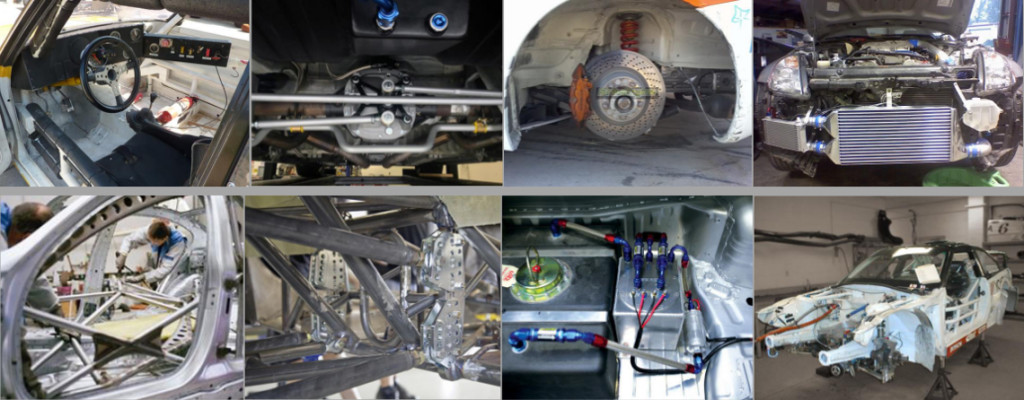If you have been an avid fan or a participant in auto racing in your life, then you will more than likely be aware of what a racing set up is.
However, if you are new to the sport and are trying to take in all the information you can, you’ll find plenty of information here.
A racing set up tends to be a specific set of adjustments which will be made to a vehicle, so that when it goes onto the track it is running at its absolute maximum capacity and has the most beneficial features made to the behaviour of the car so that it can handle the track with minimal problems.
The changes that are made to the car can vary greatly and it can come down to anything from;
- The weather
- The power of the car
- The tyres being used
- The type of race
- The track
- The competition
There are so many parts of the equation that come into play when deciding your racing set up. the most important thing, then is to make sure that you get all the right changes made that are going to benefit you for that exact set of circumstances. There is no “hold all” solution to racing car set ups, so finding one that balances risk and reward is vital to any racing team or driver.
So what does it actually look to make changes to?
Weight Distribution
The weight of the car needs to be absolutely right for the type of track you are on. If you are looking to reduce your under-steer(RUS) then you would want your weight to have a rear centre of gravity, and the opposite if you wanted to reduce over-steer(ROS).
Shock Absorbers
Your front and rear shock absorbers need to be right for the race otherwise your vehicle can be put under too much pressure. Your front absorbers will be softer to RUS, and stiffer if you want to ROS. The opposite is applied to your rear shock absorber.
Tire Selections
The contact area will be bigger or smaller depending on whether you want to ROS or RUS – again, it all depends on the track and what you are actually up against. To RUS, you want bigger on your front and smaller on the rear tyres, and vice versa for to ROS.
Wheel Camber
The wheel cambers will need to either be increased or reduced in a negative camber to make sure that it’s calibrated properly. Like every front/rear part of your vehicle, you want to make it the opposite each time. To produce RUS, you want to increase the negative camber on the front and reduce at the back, and the other way around to ROS.
There are many other smaller changes that are made, but as well as this changes are made to your;
- Centre of gravity
- Handling
- Lid materials – bonnet, roof, boot
- Safety
- Suspension
- Chassis strength
All these changes to your racing setup can vastly improve your performance on the track, saving you from making any mistakes or lagging behind at the tail-end because your settings weren’t dealt with to the optimum level.

